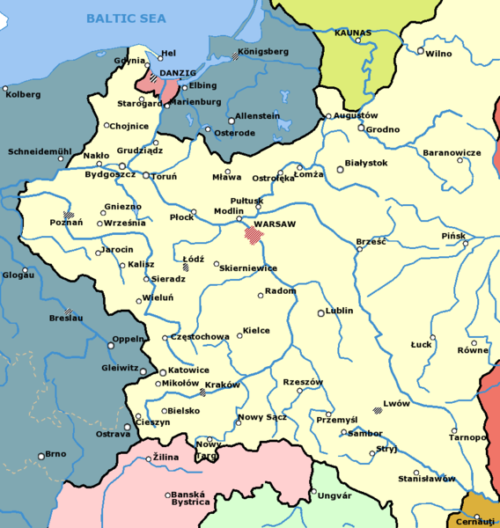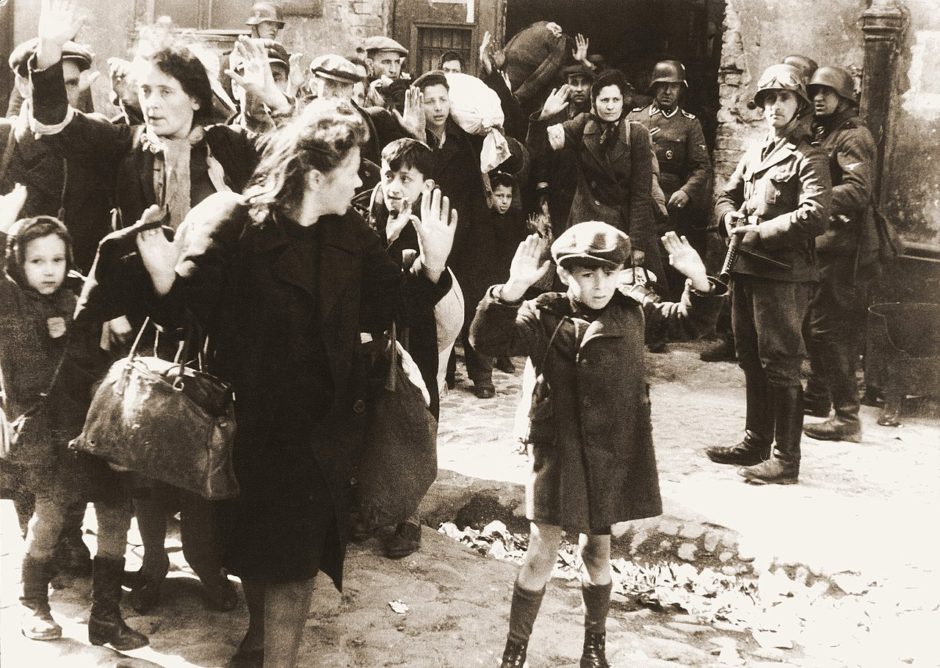The Holocaust in Poland unfolded in three horrific phases.
First, Jews were herded into crowded ghettos and subjected to starvation and disease. Second, in Operation Reinhardt, Jews were annihilated on an industrial scale in German extermination camps like Auschwitz and Sobibor. Third, Jews who had fled into the countryside in the desperate hope of finding hiding places were often betrayed or deliberately hunted down by Poles in so-called “Jew hunts,” known colloquially by the Germans as Judenjagd.
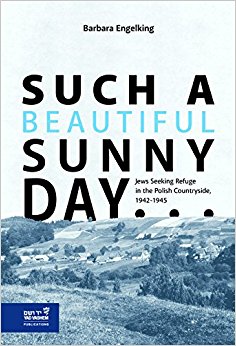
Barbara Engelking, a Polish historian, zeroes in on the third dimension of this murderous process in a chilling and deeply-researched book, Such A Beautiful Sunny Day: Jews Seeking Refuge in the Polish Countryside, 1942-1945, published by Yad Vashem’s International Institute for Holocaust Research and the Center for Research on the Holocaust in Poland and translated from the Polish by Jerzy Michalowicz. It’s the second book on the topic in several years, the last having been Hunt for Jews: Betrayal and Murder in Germany-Occupied Poland by Jan Grabowski.
Engelking, the head of the Polish Center for Holocaust Research at the Polish Academy of Sciences in Warsaw, draws on several sources — the diaries and postwar testimonies of survivors and the minutes of interrogation records of Poles charged with killing Jews.
Her study focuses on the General Government — the German zone of occupation in the center of Poland — and the district of Bialystok. Of the 1.6 million Jews there, 160,000 managed to escape into rural areas, usually placing themselves at the mercy of farmers and partisans. By one estimate, 30,000 to 40,000 of the escapees survived.
The Germans did not involve themselves directly in this aspect of the Holocaust, though they undoubtedly encouraged Poles to seize and murder Jews. In this last phase of the Final Solution, she notes, Jewish fugitives were invariably betrayed or killed by Poles.
Engelking underscores the point that the psychologically difficult act of going into hiding required, first and foremost, money and contacts with Poles. It also called for knowledge of the Polish language, familiarity with Catholic customs, the right non-Jewish appearance, tremendous willpower, perseverance, intuition and constant vigilance.
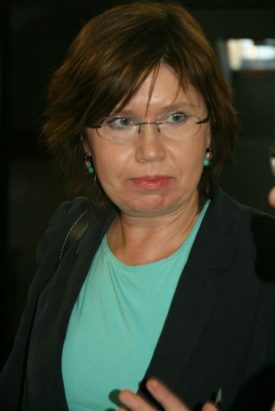
Not every Jew could summon up these qualities. “Rescue was sought only by those who had any chance of succeeding,” she writes. The Jews most likely to survive had forged bonds with Christians and tended to be assimilated, she adds. Orthodox Jews, or Zionists who didn’t consider Poland their homeland, stood little or no chance of surviving in what was generally a hostile environment of fear, betrayal and death. “The experience of wandering was accompanied by a host of emotional and physical feelings — hope and despair, resignation and dependence, mental mobilization, chronic exhaustion, and pervasive, crushing physical fatigue,” she goes on to say.
“We lived like moles,” says one survivor, Estera Cudyzynowska.
Jews who found refuge in the dense woods had to endure the vicissitudes of the elements. “Nature itself became a threat,” says Engelking. Jewish forest dwellers had to build durable shelters and forage for food, gathering wild mushrooms, stealing potatoes from fields, plucking chickens from coops and picking apples from orchards.
All too often, Jews were afraid of the peasants whose help they sought. They did not understand them or the realities of their lives. “Their fear of the Poles was very different and even stronger than their fear of the Germans,” she says. “Poles could recognize and denounce them.”
Engelkind cites a litany of cases in which Poles turned in Jews to the Germans. She quotes the Jewish survivor Naftali Spanglet: “Very many people thought about escaping, but there were reports that there was nowhere to go because the Poles betray Jews.”
This was not always true, of course. Engelking documents instances when Poles risked their lives to assist Jews. A priest in Sulislawice who sheltered 12 Jews, including a rabbi, was denounced by a fellow priest and shot, in keeping with the Nazi edict that Poles suspected of assisting Jews would face the death penalty. In Markowa, the site of a new museum honoring righteous Poles who came to the rescue of Jews, Jozef Ulma and his family were shot for having hidden eight Jews.
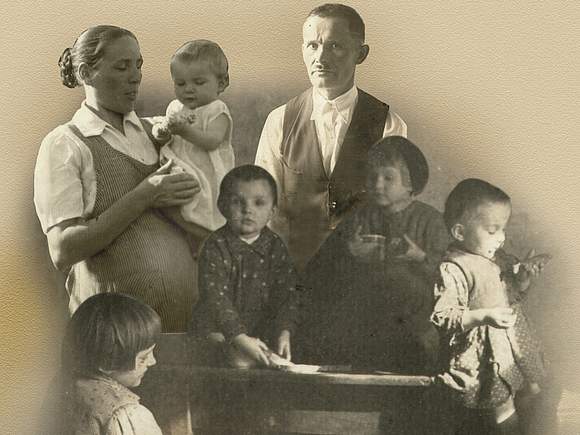
Engelking pays due respect to such Poles, but points out that assistance rendered to Jews by Christians was not necessarily altruistic. “In the overwhelming majority of cases, it was paid for — with cash, material goods, or the promise of a reward …”
Poles who participated in “Jew hunts” were motivated by a variety of factors apart from visceral antisemitism, she observes. It could “amount to a pastime of sorts, a break in the monotony of everyday life.” It was also a function of greed, a desire for Jewish possessions, and the hope of reaping a reward for denouncing those in hiding.
In his postwar testimony, a man named Ignacy Kotlarski testified that some Poles hid Jews until they had exhausted all their valuables and cash, at which point they delivered them straight to the German occupation authorities. “To encourage Poles to denounce Jews, the Germans established a system of rewards,” Engelking writes. Poles were offered sugar, alcohol, the clothing of the Jewish victims, and so on.
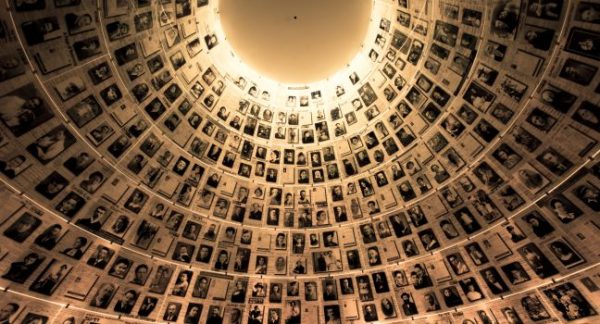
Aside from the ordinary Poles who took part in “Jew hunts,” a number of professional Jew hunters appeared on the scene. “Catching and denouncing Jews was their occupation and a source of livelihood. The urban counterparts of these rural hunters were the so-called szmalcownicy,” she says.
The Blue Police, a Polish force created and financed by the Nazis, also participated in hunting down and murdering Jews. One of its members, having betrayed the righteous gentile Jozef Ulma in Markowa, was executed after the war.
Polish partisans from the Home Army, National Armed Forces, Peasant Battalions and Communists were known to have murdered Jews in hiding. She speculates they were motivated by antisemitism.
In Such A Beautiful Sunny Day, Engelking reduces the vast scale of the Holocaust to a series of heartbreaking personal stories and vignettes that shed yet more light on one of the cruelest, most unimaginable events in modern history.
